
BME Biomechanics & Mechanobiology
Mechanical forces play critical regulatory roles in many physiological and disease processes. Cornell’s program in Biomechanics and Mechanobiology includes collaborations between engineers, life scientists, veterinary, and medical professionals and continues to pioneer new fundamental and applied research.
A research portfolio of top ranked engineering, veterinary, and medical schools has enabled Cornell to pursue unparalleled breadth and depth in biomechanical and mechanobiological inquiry. Our research topics extend across 10 orders of magnitude in length, from nanoscale mechanics in individual cells and extracellular matrices to whole organ function in large animal models. Cornell is also pushing the frontiers of mechanobiology by linking cell and molecular biology to tissue structure at the meso-scale, creating new theories and experimental test systems that are integrated with genetic and molecular tools to discover functional principles in biological structures with the long-term goal of improving human health.
Faculty research interests
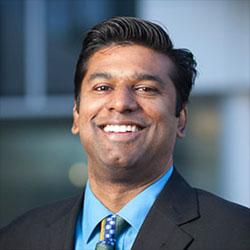
Steven Adie
Steven Adie’s lab develops OCT-based imaging technologies for volumetric time-lapse imaging of cellular traction forces and extracellular matrix mechanics, with a focus on extending single-cell investigations to the study of cell collectives. His group also combines computational and adaptive optics approaches to improve the speed and imaging depth of OCT and three-photon microscopy.
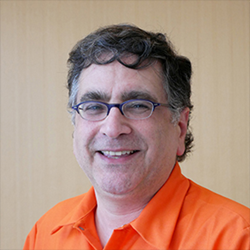
James Antaki
James Antaki’s lab focuses on five main application areas: circulatory support systems for children, decision-support tools for severe heart failure, diagnostic technology for the home and point-of-care to improve patient engagement, multi-scale modeling of thrombosis in artificial circulation, and development of medical devices for global health.
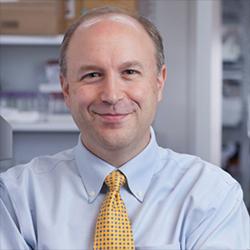
Lawrence Bonassar
Larry Bonassar’s lab focuses on elucidating mechanisms by which the complex microstructure of cartilage gives rise to its ability to resist multiaxial loading and minimize friction. They then apply these multiscale structure-property paradigms toward understanding the bio-mechanical uniqueness of different cartilages, including articular cartilage, auricular cartilage, airway cartilage, meniscus, and intervertebral disc.
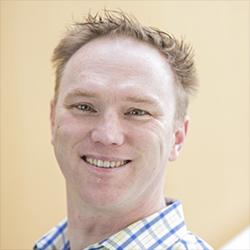
Jonathan Butcher
Jonathan Butcher’s lab integrates multi-scale computational modeling and micro scale experimental approaches to study the biomechanics and mechanobiology of cardiovascular soft tissue development, growth, remodeling, and disease. He pioneered the use of MicroCT for quantitative dynamic analyses of live embryonic growth and cardiac function. His group also uses molecular gain/loss strategies to understand how changes in adhesive signaling control heterogeneous cellular interactions critical for proper tissue architecture assembly in vitro and in vivo.
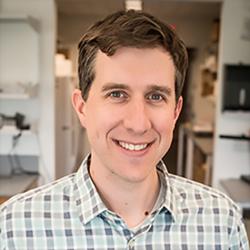
Benjamin Cosgrove
Benjamin Cosgrove’s lab studies the mechanobiology of skeletal muscle stem cells. They build tunable-rigidity synthetic biomaterials to control muscle stem cell manufacturing and optimize cell yields by tuning the elastic modulus of these materials.
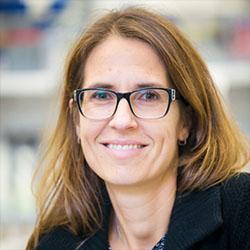
Claudia Fischbach
Claudia Fischbach’s lab studies how changes in extracellular matrix (ECM) properties promote cancer development, progression, and metastasis and which role mechanobiology plays in this process. To this end, her lab uses engineered in vitro and in vivo models allowing them to selectively interfere with ECM mechanical properties and the resulting changes in mechanotransduction.
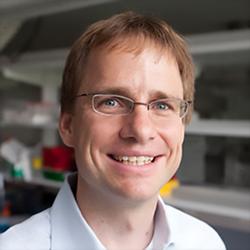
Jan Lammerding
Jan Lammerding’s lab is developing and applying novel experimental techniques to probe subcellular mechanics and the cellular response to mechanical stimulation, with a particular focus on the cell nucleus. They are investigating to what extent impaired nuclear mechanics and increased cellular sensitivity to mechanical strain contribute to human diseases such as muscular dystrophy and cardiomyopathies, and whether increased nuclear deformability could also aid metastatic cancer cells to spread through the human body.
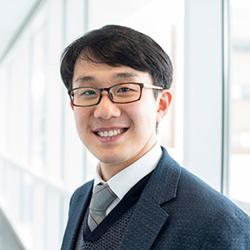
Esak (Isaac) Lee
Esak (Isaac) Lee’s lab aims to understand the morphogenesis, homeostasis and disease pathogenesis of lymphatic vessels and blood vessels and their microenvironments to provide new strategies for regenerative medicine and treatment of cancer, immune diseases, and edema. Dr. Lee is working to develop novel three-dimensional (3D) organ-on-chip systems to better understand the mechanisms by which endothelial cells, immune cells, and cancer cells regulate and respond to biological and mechanical cues.
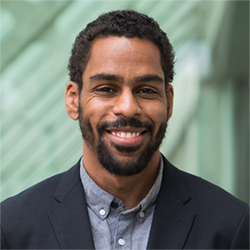
Karl Lewis
Karl Lewis’s lab combines custom engineering and cutting edge imaging techniques to research the way musculoskeletal cells use mechanical forces for biological processes. They are presently using multiphoton microscopy to investigate changes in osteocyte mechanobiology in health and disease with the goal of identifying novel therapeutic targets. Additionally, the Lewis Lab is developing a novel technique for investigating bone-cartilage mechanotransduction events in live animals, a powerful tool for understanding joint disease.
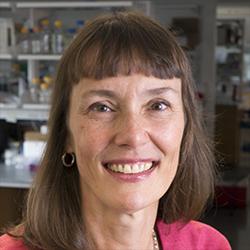
Marjolein van der Meulen
Marjolein van der Meulen’s research focuses on musculoskeletal mechanobiology and tissue mechanics. Her laboratory studies adaptation to mechanical loading during development, maintenance, disease and repair of bone and other musculoskeletal tissues. Her lab is also interested in the determinants of whole bone strength and skeletal load-bearing function based on microscale tissue properties. Experiments in her laboratory combine in vivo models with in vitro testing, imaging and computational simulations.
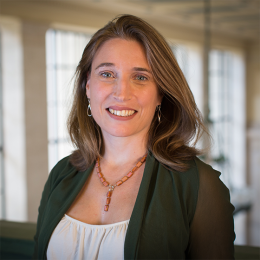
Krystyn Van Vliet
Krystyn Van Vliet’s research lab specializes in material chemomechanics – the coupling between chemistry and mechanics at material interfaces. Applications include optimizing materials for renewable energy and developing new materials and methods for cell therapies and drug screening.
Graduate Field Faculty
Nelly Andarawis-Puri, na424@cornell.edu
Eve Donnelly, eld26@cornell.edu
Lara Estroff, lae37@cornell.edu
Amit Lal, lal@ece.cornell.edu
Suzanne Maher, mahers@hss.edu
Susan Pannullo, scp2002@med.cornell.edu
Matthew Paszek, mjp31@cornell.edu
Heidi Reesink, hlr42@cornell.edu
Timothy Wright, wrightt@hss.edu
Mingming Wu, mw272@cornell.edu

